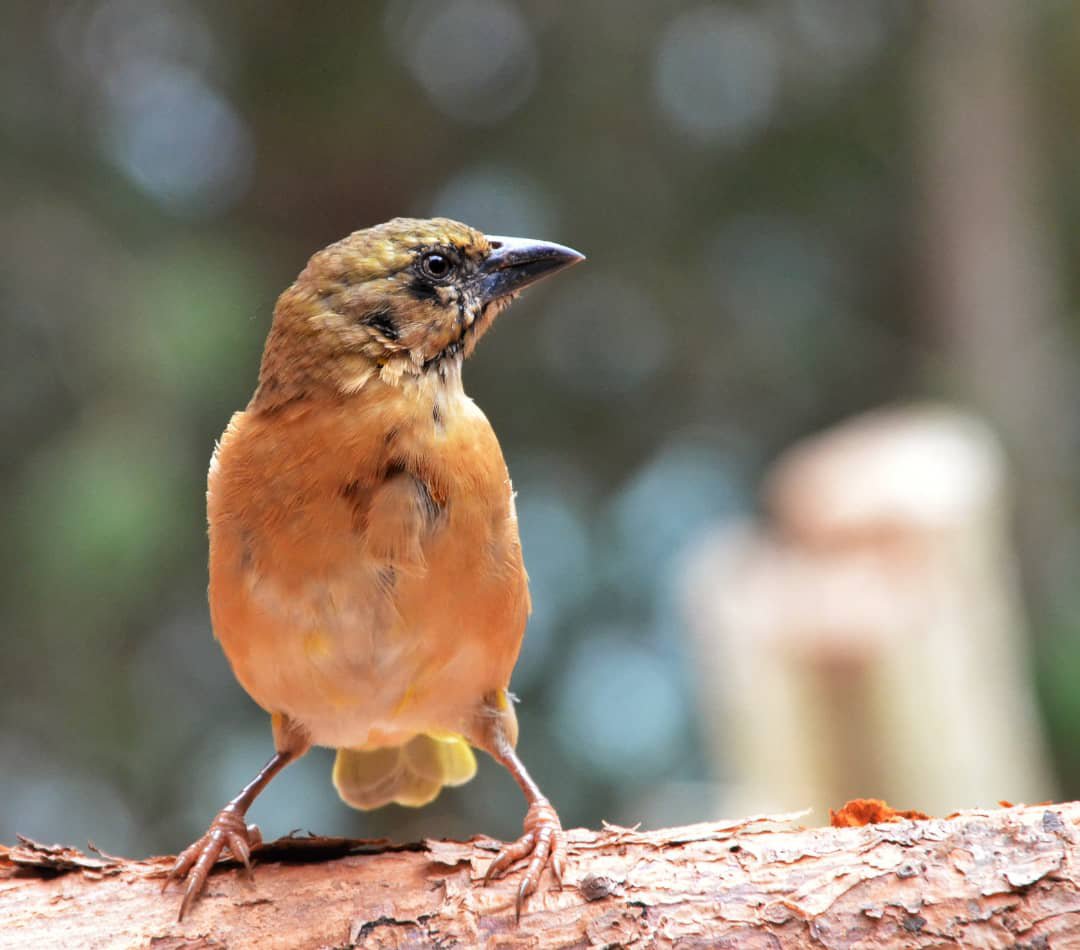Weaver Bird Preparations

If you can’t photograph the rare Albertine endemics (yet), practice on the common ones with excellence. This one here is the yellow-backed weaver (Ploceus melanocephalus dimidiatus) photographed this morning at my home.
As I watched him curiously going through my gabbage sac, It occurred to me that this is one bird that has mastered the art of preperation. Here are 9 ways how:
1. For a home, it lives near water, or damp areas with tall grass like reedbeds and papyrus near rivers or standing water. You’ll see how important it’s proximity to water is as an element of preparation.
2. For the breeding season, the male puts on his ‘Sunday best’ feathers, a yellow upper back and a black hood to complete the look.
3. Unlike some other birds, this weaver may have multiple mates during the same breeding season. Scientists calls this being Polygynous. As a safari guide, I call it being prepared.
3. When it builds a nest, on top of tightly weaving the outer shell, the male puts on a ceiling layer of grass strips. It knows that such a simple addition is critical for ‘child survival’ once it rains.
4. Not the kind to take chances, the female will let the male execute its tightest weaving on the outer shell, but she will line the inside herself with fine grass, and sometimes with some feathers. Team!
5. The nest is slung between vertical stems or supported at one side only in elephant grass, reeds, or papyrus over water. Very precautionary in predator dynamics.
(to be continued)
📸: Nikon D5100, Tamron 28-300mm, @300mm. 1/160, F13, ISO 400. 12.10.2020. Rugarama, Kabale, Uganda